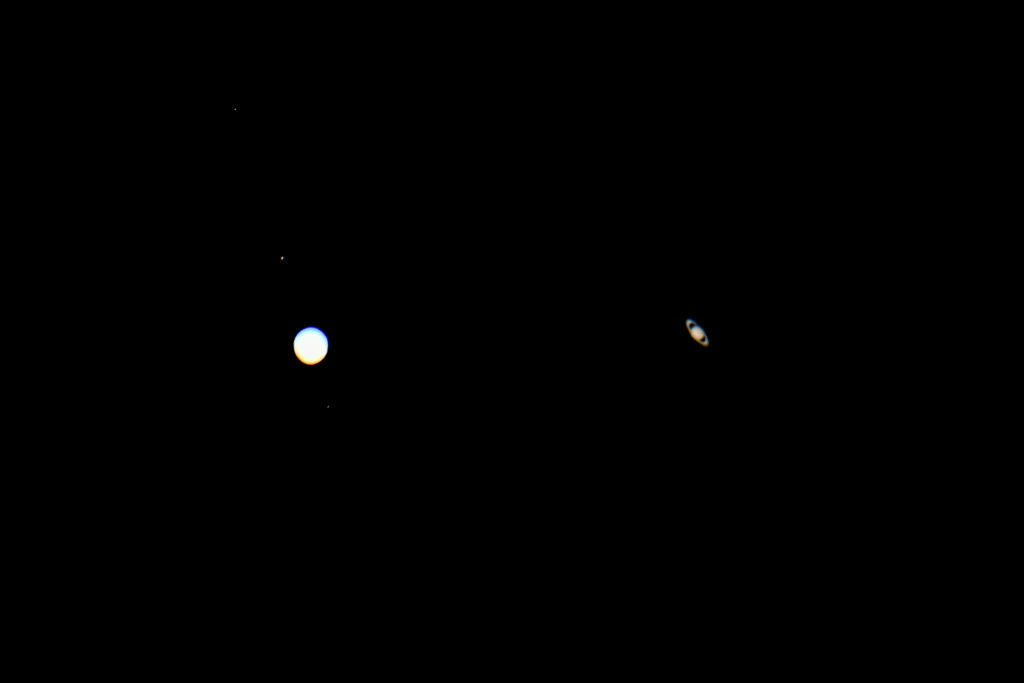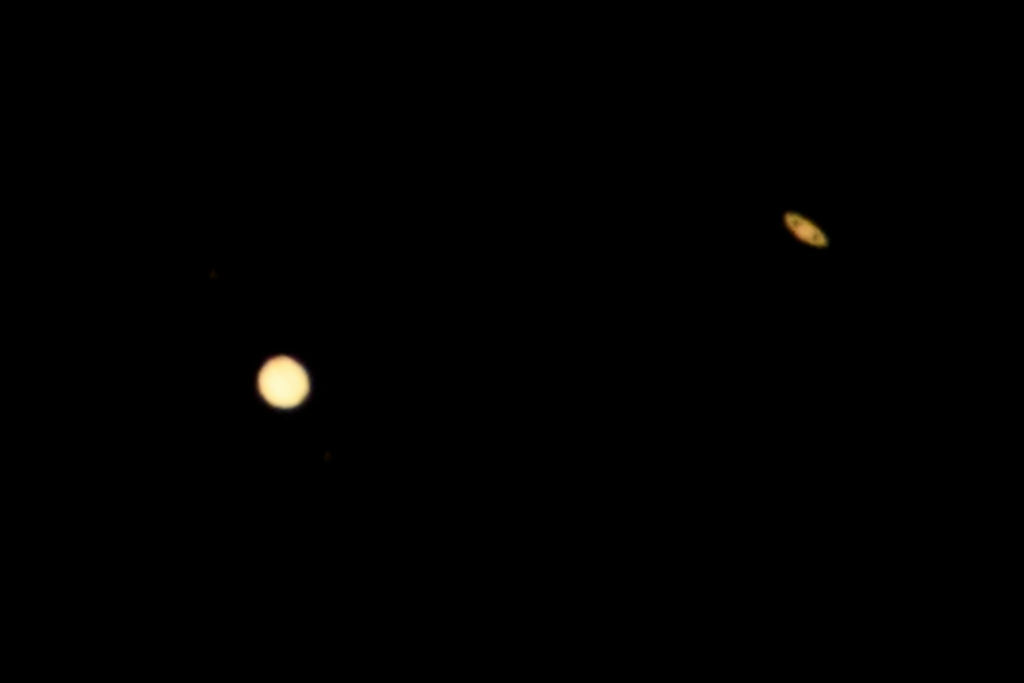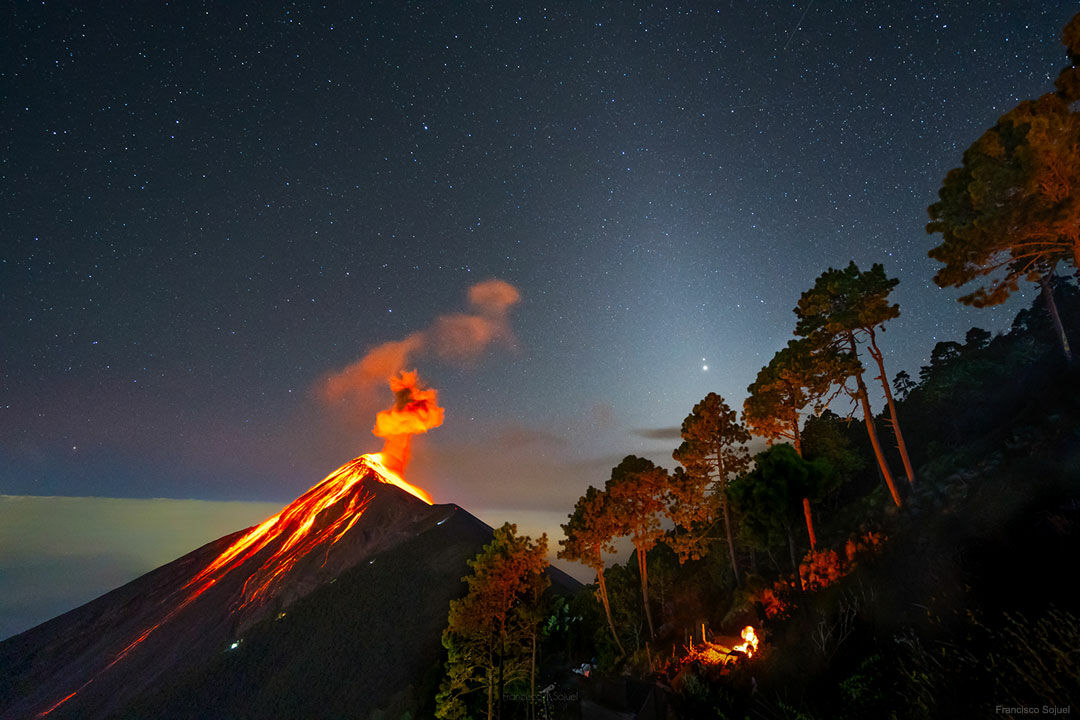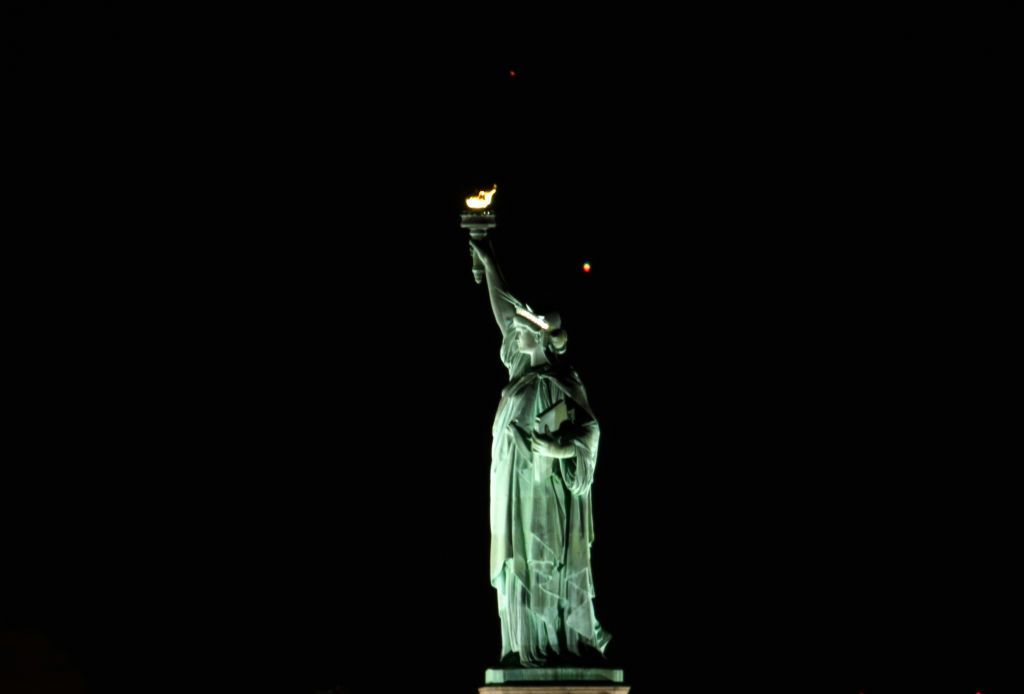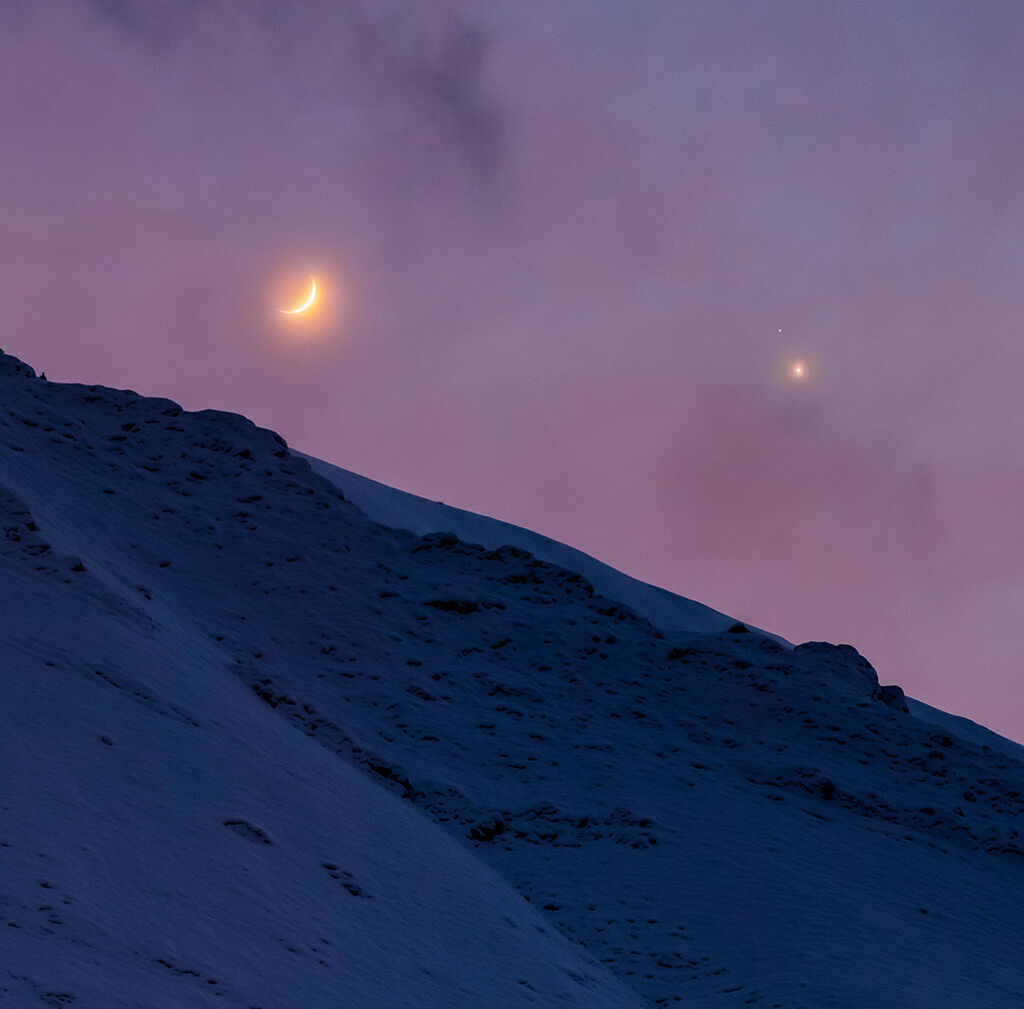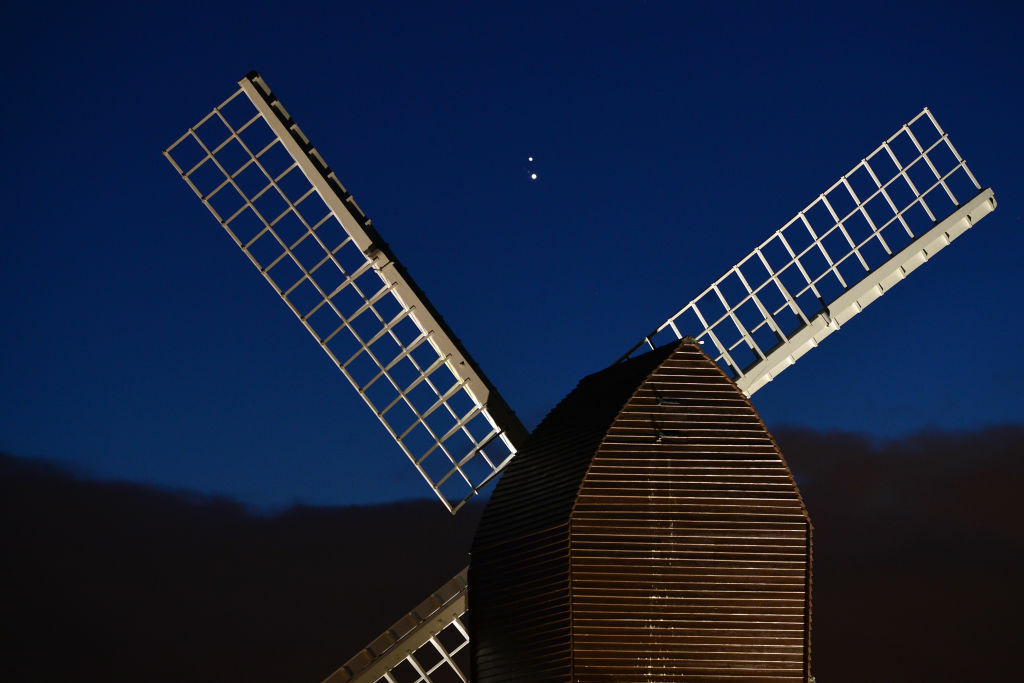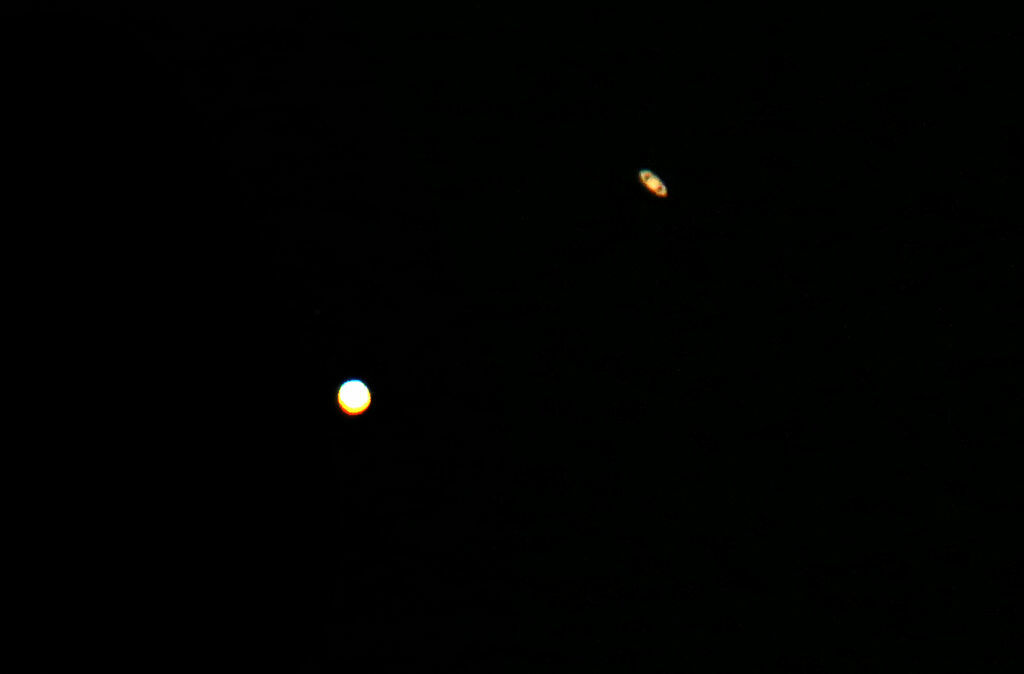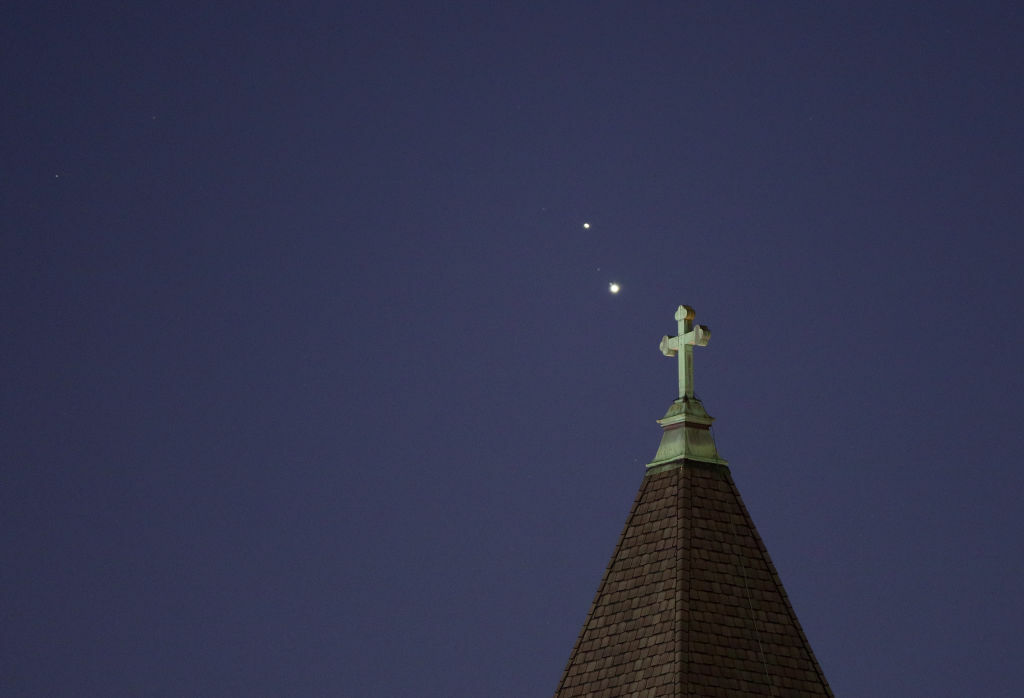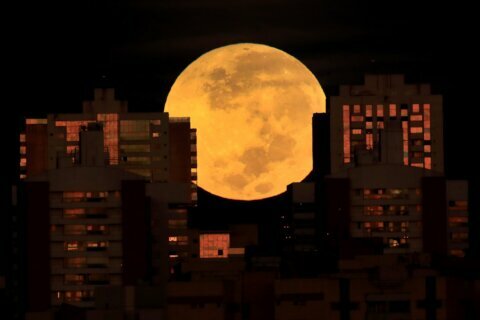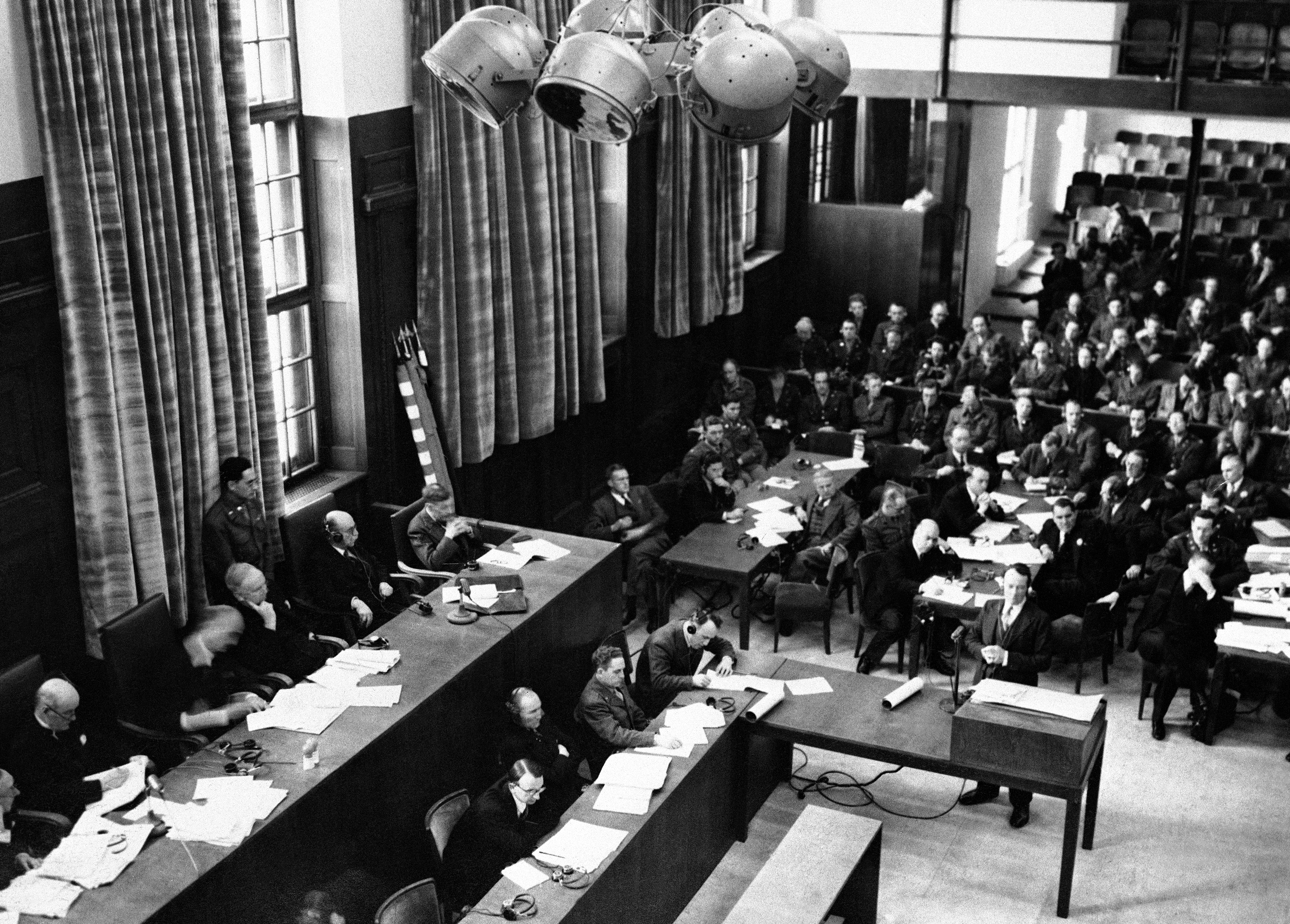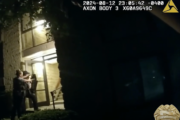▶ Watch Video: Christmas Star 2020: Jupiter, Saturn to meet in rare “great conjunction”
Jupiter and Saturn, our solar system’s two largest planets, were visibly closer together on Monday night than they have been in 800 years — marking an extremely rare celestial event known as the “great conjunction.”
The conjunction occurs when the orbits of the two planets align every 20 years, but the event is not always visible, and the planets do not typically come as close together as they did on Dec. 21.
This time around, Jupiter and Saturn were just 0.1 degrees apart — less than the diameter of a full moon.
The planets were so close, they appeared, from some perspectives, to overlap completely, creating a rare “double planet” effect. However, while the planets appeared from Earth to be very, very close, in reality, they are still hundreds of millions of miles apart.
The event happened to coincide with the winter solstice and the week of Christmas, but it can occur during any time of year.
If you missed the spectacle, or if your sky appeared cloudy Monday night, don’t worry — the planets will still appear extremely close together in the night sky for the next several weeks, and dedicated astrophotographers are sharing their best shots of the night on social media.


